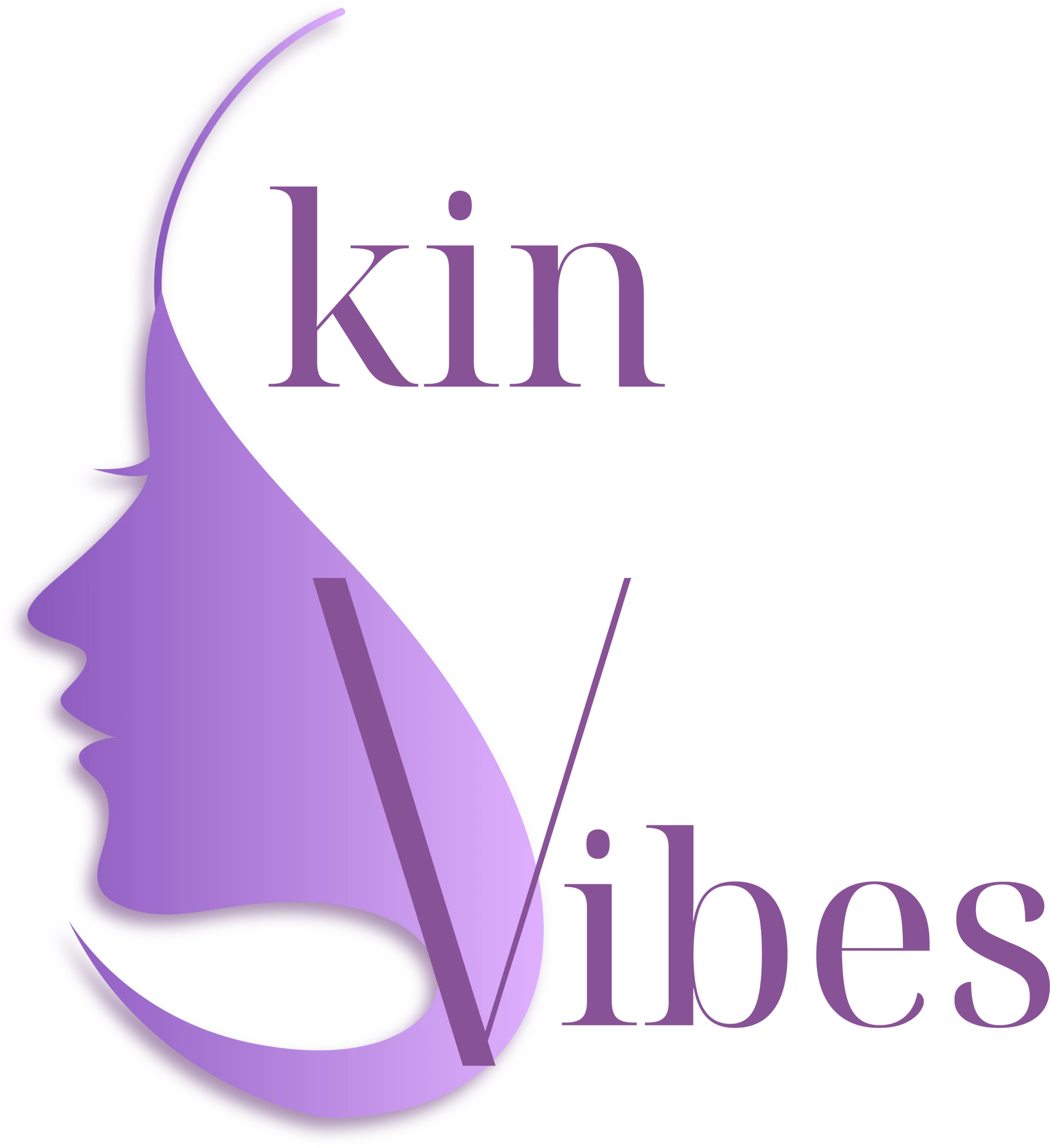Morpheus8 Treatment: An Overview
Morpheus8 is a cutting-edge treatment that aims to rejuvenate the skin by promoting collagen production and remodeling the subdermal adipose tissue. This treatment utilizes a combination of microneedling and radiofrequency (RF) energy to achieve remarkable results. With minimal downtime and a non-surgical approach, Morpheus8 has become a go-to solution for those looking to improve the texture and firmness of their skin.
What is Morpheus8?
Morpheus8 is a minimally invasive skin rejuvenation procedure that employs the use of microneedling combined with radiofrequency energy. This combination aims to tighten the skin, reduce wrinkles, and improve the overall texture of the skin.
Technology Behind Morpheus8
The science behind Morpheus8 is indeed fascinating. The microneedling creates tiny punctures in the skin, which triggers the body’s natural healing process. Meanwhile, the RF energy heats the underlying layers of the skin, promoting collagen and elastin production, which are vital for maintaining a youthful appearance.
Benefits of Morpheus8
Some of the notable benefits of Morpheus8 include improved skin texture, reduced wrinkles, tighter skin, and minimized scars. It’s a great option for those looking to achieve a fresher, younger look without undergoing a surgical procedure.
How Does Morpheus8 Work?
Morpheus8 combines microneedling and RF energy to target the deeper layers of the skin, promoting collagen production and tissue remodeling.
Treatment Procedure
The treatment begins with a topical anesthetic to minimize discomfort. The Morpheus8 device is then used to deliver RF energy through tiny needles into the skin. The treatment usually takes about 45 to 60 minutes, depending on the area being treated.
Recovery Process
Post-treatment, patients may experience some redness and swelling, which typically subsides within a few days. The recovery is relatively quick, with most patients returning to their normal activities within a day or two.
Who is an Ideal Candidate?
Individuals with mild to moderate skin laxity, wrinkles, and scars are usually ideal candidates for Morpheus8. It’s also suitable for all skin types and tones.
Consultation Process
Before undergoing Morpheus8, a consultation with a qualified practitioner is essential to determine whether you’re a good candidate for the treatment.
Side Effects and Risks
Like any procedure, Morpheus8 carries some risks, such as temporary redness, swelling, and a risk of infection if post-care instructions are not followed properly.
Minimizing Potential Risks
Following the post-treatment care instructions and choosing a reputable practitioner can significantly minimize the potential risks associated with Morpheus8.
Cost and Financing
The cost of Morpheus8 can vary depending on the geographic location, the experience of the practitioner, and the area being treated. Financing options are usually available to make the treatment more affordable.
Insurance Coverage
Morpheus8 is typically considered a cosmetic procedure, and therefore, insurance does not cover the cost.
Real People, Real Results
Many individuals have shared their positive experiences and remarkable results after undergoing Morpheus8.
Before and After Photos
Before and after photos showcase the significant improvements in skin texture, firmness, and overall appearance.
Conclusion
Morpheus8 is a revolutionary treatment that offers a non-surgical solution to skin rejuvenation. With minimal downtime and proven results, it’s a worthy consideration for anyone looking to enhance their skin’s appearance.
FAQs
How long do the results of Morpheus8 last?
The results of Morpheus8 can last up to a year or longer, depending on the individual’s skin condition and aging process.
Is Morpheus8 painful?
With the use of topical anesthesia, the discomfort during the procedure is minimized.
Can Morpheus8 be combined with other treatments?
Yes, Morpheus8 can be combined with other treatments for enhanced results.
How many sessions of Morpheus8 are required?
Typically, 1 to 3 sessions are recommended, spaced about 4 to 6 weeks apart.
Is there any special care required post-treatment?
Following the post-treatment care instructions provided by your practitioner is essential for optimal results and minimizing potential risks.

